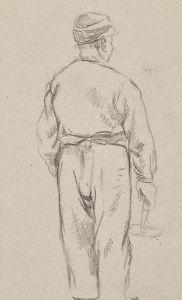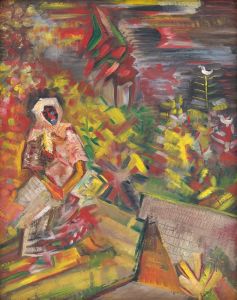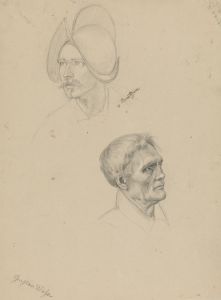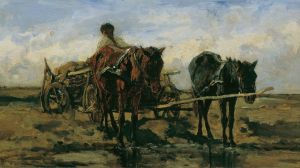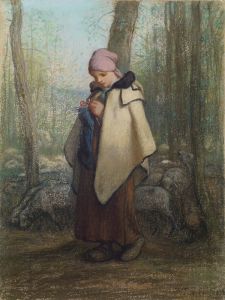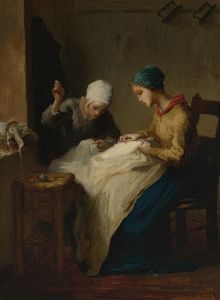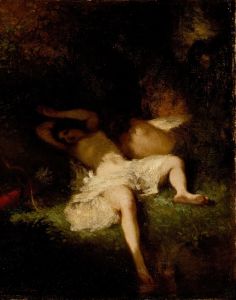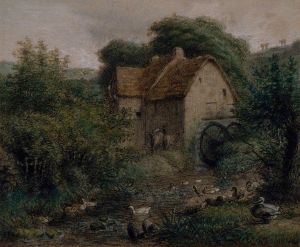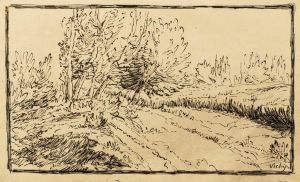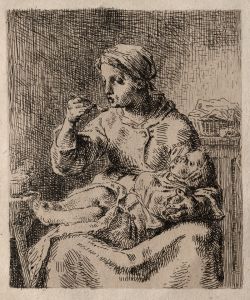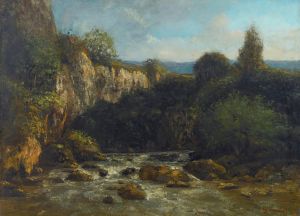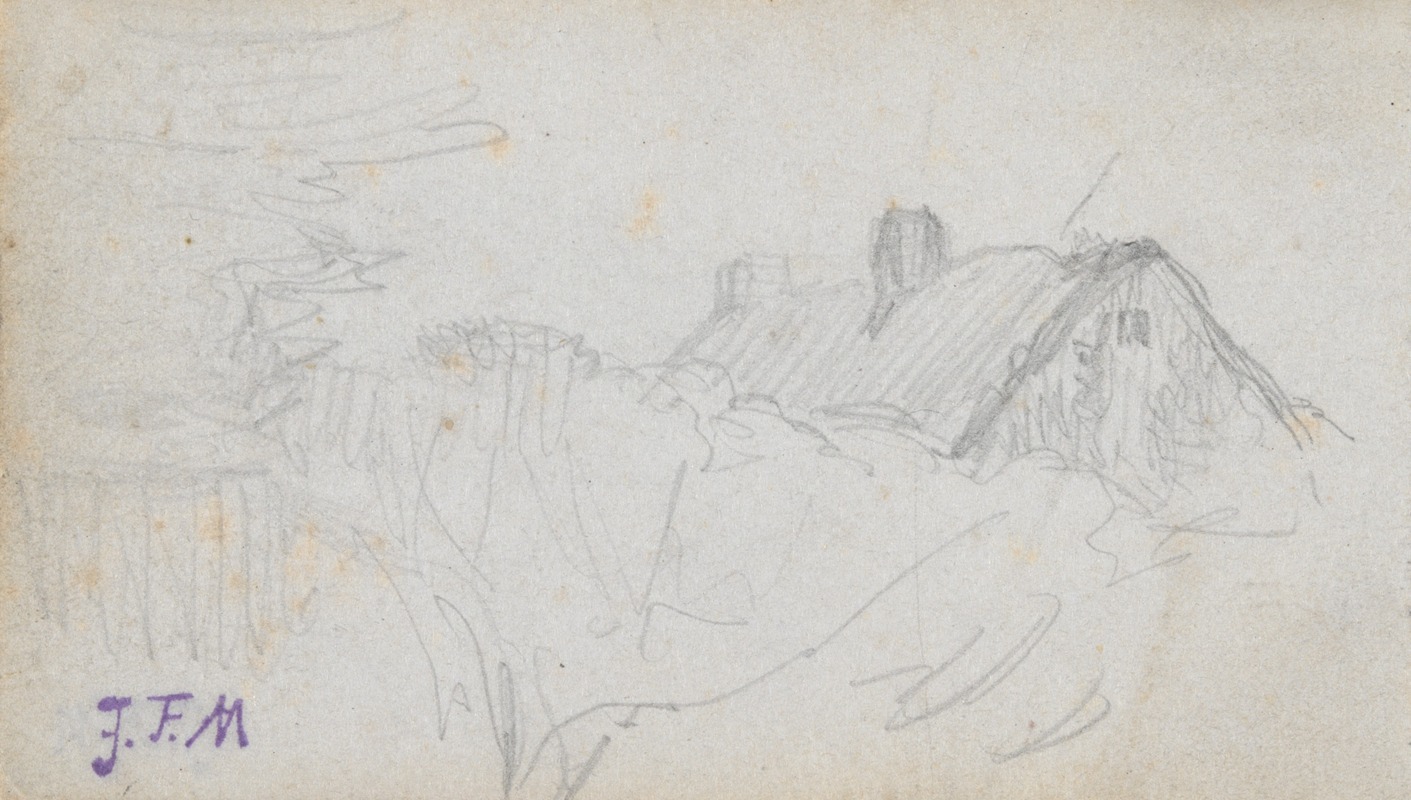
Cottage Near Vichy
A hand-painted replica of Jean-François Millet’s masterpiece Cottage Near Vichy, meticulously crafted by professional artists to capture the true essence of the original. Each piece is created with museum-quality canvas and rare mineral pigments, carefully painted by experienced artists with delicate brushstrokes and rich, layered colors to perfectly recreate the texture of the original artwork. Unlike machine-printed reproductions, this hand-painted version brings the painting to life, infused with the artist’s emotions and skill in every stroke. Whether for personal collection or home decoration, it instantly elevates the artistic atmosphere of any space.
Jean-François Millet, a prominent French painter and one of the founders of the Barbizon School, is renowned for his depictions of rural life and landscapes. One of his lesser-known works, "Cottage Near Vichy," exemplifies his skill in capturing the essence of the French countryside. Although not as famous as some of his other works like "The Gleaners" or "The Angelus," this painting still holds significant value in understanding Millet's artistic journey and thematic focus.
"Cottage Near Vichy" is believed to have been painted during a period when Millet was exploring the rural landscapes of France, particularly around the region of Vichy. This area, known for its picturesque scenery and rustic charm, provided ample inspiration for Millet, who was deeply interested in the lives and environments of peasants and rural communities. His work often reflects a profound respect for the simplicity and dignity of rural life, and "Cottage Near Vichy" is no exception.
The painting itself depicts a quaint, rustic cottage set amidst the lush greenery typical of the Vichy region. Millet's use of color and light in this work is subtle yet effective, capturing the tranquil atmosphere of the countryside. The composition is balanced, with the cottage serving as the focal point, surrounded by trees and vegetation that frame the scene. This setting not only highlights Millet's technical skills but also his ability to evoke a sense of place and mood.
Millet's approach to painting was heavily influenced by his upbringing in a rural farming community in Normandy. This background instilled in him a deep appreciation for the land and the people who worked it, which is evident in his choice of subjects and his empathetic portrayal of rural life. In "Cottage Near Vichy," Millet's brushwork and attention to detail reflect his commitment to realism and his desire to portray the world as he saw it.
The Barbizon School, of which Millet was a key figure, was a movement that emerged in the mid-19th century as artists began to move away from the formalism of academic art and towards a more naturalistic representation of the landscape. This group of artists, named after the village of Barbizon near the Forest of Fontainebleau, sought to capture the beauty and authenticity of the natural world. Millet's work, including "Cottage Near Vichy," embodies the principles of the Barbizon School through its focus on natural settings and its realistic depiction of rural life.
While "Cottage Near Vichy" may not be as widely recognized as some of Millet's other masterpieces, it remains an important part of his oeuvre. It offers insight into his artistic development and his enduring fascination with the rural landscape. The painting serves as a testament to Millet's ability to find beauty in simplicity and to convey the quiet dignity of rural existence.
In summary, "Cottage Near Vichy" by Jean-François Millet is a significant work that reflects the artist's dedication to portraying the rural landscape with authenticity and respect. Through his careful composition and attention to detail, Millet captures the serene beauty of the French countryside, making this painting a valuable piece for understanding his contribution to the Barbizon School and his broader artistic legacy.





